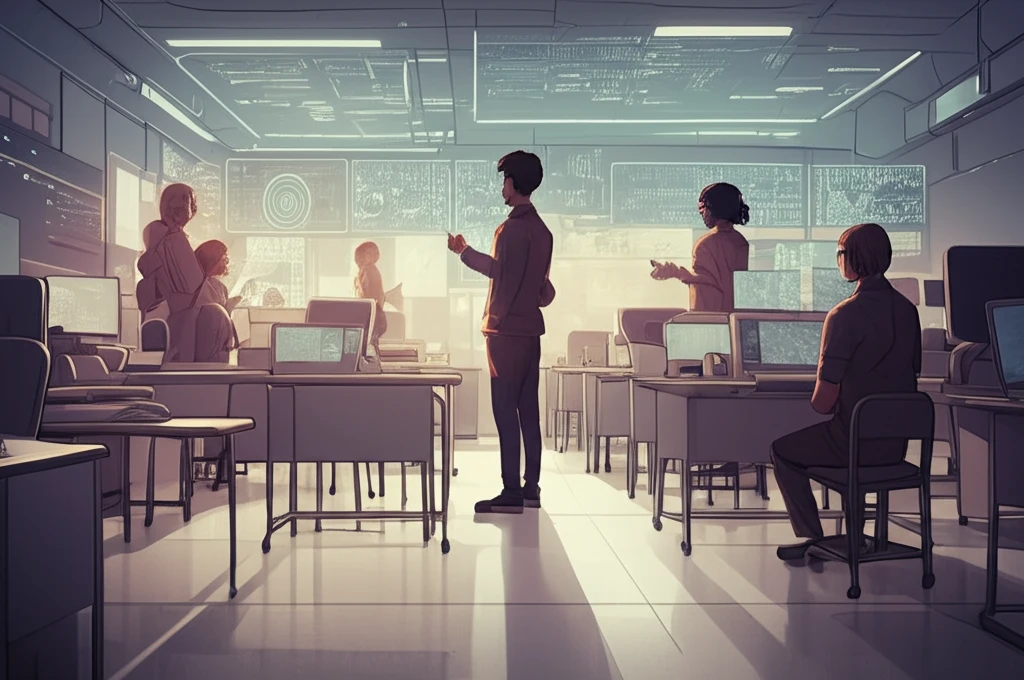
Unlock Your Potential: How Modern Teaching Methods Are Revolutionizing Education
"Discover how innovative approaches like MOOCs and flipped classrooms are reshaping learning for a new generation."
The world of education is changing at an unprecedented pace. Traditional teaching methods, once the cornerstone of learning, are now being challenged by innovative approaches that leverage technology and cater to the needs of today's students. In China, this shift is particularly pronounced, as educators and policymakers seek to modernize the education system to meet the demands of a rapidly evolving global landscape.
For years, conventional education in China has faced significant challenges. From uneven resource distribution to examination-oriented systems that stifle creativity, the need for reform has become increasingly urgent. Now, with the rise of online learning platforms and new pedagogical strategies, a wave of change is beginning to sweep through Chinese classrooms.
This article explores the influential modern teaching methods that are reshaping education in China and beyond. We'll delve into the impact of Massive Open Online Courses (MOOCs), flipped classrooms, and other innovative approaches, examining their benefits, challenges, and potential to unlock the potential of students and educators alike. Whether you're a student, teacher, or simply someone interested in the future of learning, this is your guide to understanding the education revolution.
The Rise of MOOCs: Democratizing Education

Massive Open Online Courses (MOOCs) have emerged as a powerful force in democratizing education, offering accessible learning opportunities to individuals around the globe. Pioneered in 2008 by Canadian scholars Dave Cormier and Bryan Alexander, MOOCs are characterized by their large-scale participation, open access, online delivery, and structured course content. Unlike traditional online classes, MOOCs integrate the entire learning process, including assessments, assignments, and discussions.
- Openness: MOOCs provide learning opportunities without restrictions, allowing anyone with an internet connection to join.
- Large-Scale: MOOCs accommodate a vast number of learners, making education accessible to a global audience.
- Higher Requirements for Teachers: MOOCs demand that teachers deliver high-quality content that engages and motivates a diverse student body.
- Interactivity: MOOCs promote collaboration and discussion among students from around the world, fostering a rich and diverse learning environment.
Education for a Better Tomorrow
As we look to the future, it's clear that education reform is essential for creating a better tomorrow. By embracing innovative teaching methods, fostering collaboration, and promoting lifelong learning, we can empower individuals to reach their full potential and contribute to a more just and equitable world. Whether it's through MOOCs, flipped classrooms, or other innovative approaches, the key is to remain open to change, embrace new technologies, and prioritize the needs of learners.
